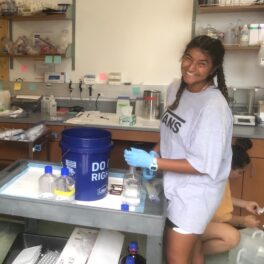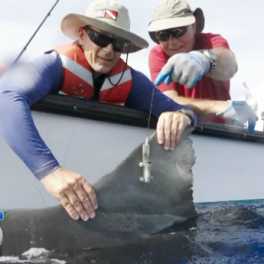Human-induced changes to Earth’s carbon cycle — for example, rising atmospheric carbon dioxide and ocean acidification — have been observed for decades. A study published in the journal Science showed human activities, in particular industrial and agricultural processes, have also had significant impacts on the upper ocean nitrogen cycle. David Karl, professor of Oceanography and director of the Director of the Daniel K. Inouye Center for Microbial Oceanography (C-MORE), and collaborators used ocean data and modeling to reconstruct oceanic nitrate concentrations and make predictions about the future of the North Pacific Ocean. Their analysis revealed that nitrate concentration has increased significantly over the last 30 years in North Pacific surface waters.
Read more about it in EurekAlert!, Science Daily, West Hawaii Today, UH System News, Design & Trend, and Business Standard; listen to an interview with Dr Karl on Hawai‘i Public Radio (HPR)’s The Conversation (scroll down to “Pacific Ocean Nitrate Level Research: Dr. David Karl”).














